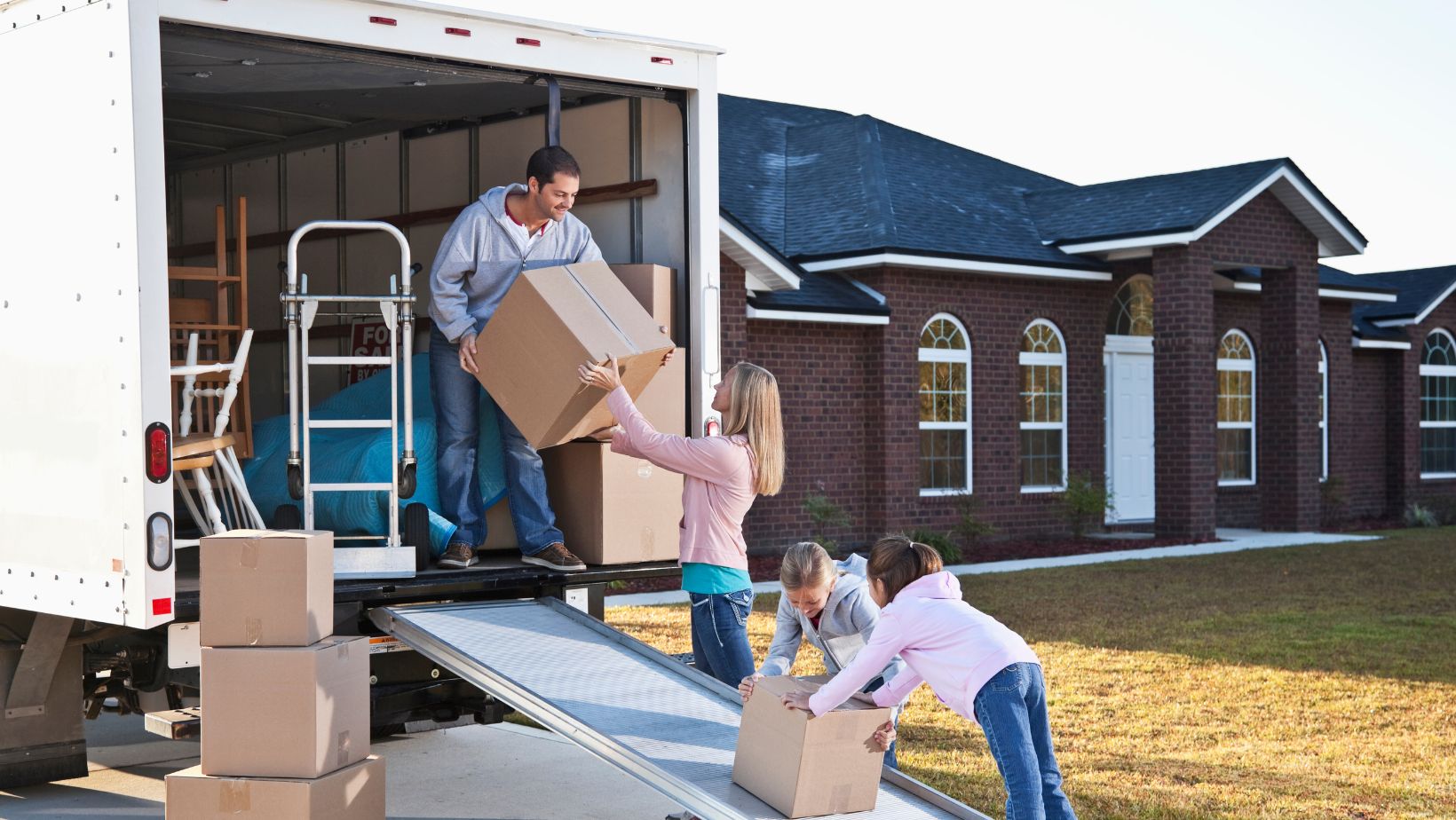
If you’re thinking about moving to San Francisco in 2025, you’re not alone. With its iconic Golden Gate Bridge, vibrant culture, and innovative energy, the city still holds plenty of appeal. But it’s not all cable cars and ocean views—there are real factors to weigh before making the leap.
This guide breaks down the real-world pros and cons of relocating to San Francisco in 2025—with clarity, honesty, and a human touch.
Pros of Moving To San Francisco in 2025
A Tech Career Capital
San Francisco remains a launchpad for tech professionals. Even with the rise of remote work, companies like Salesforce, Airbnb, and countless startups still call the city home. Hybrid models have brought back in-person networking and job-hopping opportunities.
For software engineers, designers, and digital marketers, SF continues to offer top-tier salaries and a dense ecosystem of opportunity.
Mild, Coastal Climate
Forget extreme temperatures—San Francisco boasts a Mediterranean climate with cool, foggy mornings and pleasant afternoons. It rarely drops below 45°F or exceeds 75°F. Just be ready for microclimates: sunny in one neighborhood, chilly in the next. Always bring a jacket.
A Hub for Diversity and Inclusion
Walk through the Mission, Chinatown, or the Castro, and you’ll see and hear a tapestry of cultures. In 2025, SF remains a leader in LGBTQ+ rights, social justice, and multicultural initiatives. It’s a city that celebrates difference—and thrives because of it.
Nature Without Leaving Town
You don’t have to leave the city to find green space. Hike the Presidio, relax at Baker Beach, or bike across the Golden Gate Bridge. And within a few hours? Lake Tahoe, Yosemite, and Napa Valley await. City life and nature coexist beautifully here.
A Foodie’s Dream
From Michelin-starred restaurants to legendary food trucks, the food scene is as eclectic as the people. In 2025, plant-based and farm-to-table dining are stronger than ever. Ramen, dim sum, vegan pastries—it’s all here and it’s all good.
Public Transit That Mostly Works
While far from perfect, SF’s BART and Muni systems still beat those in many U.S. cities. Recent upgrades in 2025 have made select lines cleaner and more efficient. You can live here without a car—but it depends on your lifestyle.
A Creative Energy That Inspires
San Francisco is more than just tech—it’s still a haven for artists, writers, and creators. From coworking spaces to local bookstores and pop-up galleries, the entrepreneurial and creative mix makes it feel like anything is possible.
Cons of Moving To San Francisco in 2025
Still One of the Most Expensive U.S. Cities
Let’s be real: the cost of living here is extreme. Rents have rebounded post-pandemic:
- $3,000–$4,500/month for a one-bedroom apartment
- $7 for a coffee
- $200+ for dinner for two
Unless you’re walking into a high-paying job or have serious savings, budgeting is non-negotiable.
Housing Inequality and Homelessness
Despite increased city funding and nonprofit work in 2025, homelessness remains a painful reality. Tent encampments and visible poverty are part of daily life, highlighting deep issues in housing policy.
Traffic and Parking = Daily Headache
Driving in SF is chaotic: one-way streets, hills, cyclists, and construction. Parking? Good luck—spots are scarce and expensive. Many opt for public transit, biking, or walking, but commuting outside the city often requires a car.
Small Spaces, Big Price Tags
High rent doesn’t buy you space. Many apartments are small (think 450 square feet), older, and often lacking modern updates. If you’re used to suburban square footage, be prepared to downsize—big time.
That Famous Fog
Summer here isn’t what most expect. “Karl the Fog” (yes, it has a name) rolls in thick during July and August, turning sunny days into gray, windy afternoons.

While some grow to love the chill, it can be disappointing if you’re expecting classic California sunshine.
Intensity and Burnout Culture
Especially in tech and startups, the city runs fast. Work culture can be competitive and high-pressure. Burnout is common, and work-life balance takes effort. If you prefer a slower pace, adjusting could take time.
Earthquake Risk Is Real
SF sits along the San Andreas Fault. While large quakes are rare, earthquake preparedness is a fact of life here. Most modern buildings are retrofitted, but it’s still something to consider.
What You Really Need to Know
Moving to San Francisco is about more than just changing cities—it’s a shift in lifestyle. This place demands flexibility, grit, and an appreciation for contrast. One day you’re sipping a cortado with bay views, the next you’re dealing with fog, high rent, or a protest blocking your street.
Final Tips If You’re Serious About the Move:
- Visit first. Spend at least a week and try out different neighborhoods.
- Secure a job or freelance work before moving. Rent waits for no one.
- Talk to locals. Join Reddit threads, Facebook groups, or Slack communities.
- Be smart about the logistics. Trust local experts for the move.
Is Moving to San Francisco in 2025 Right for You?
San Francisco isn’t for everyone. It’s exciting, expensive, diverse, stressful, and inspiring—often all in one day. For some, it’s a dream realized. For others, the cost and chaos outweigh the charm.
So ask yourself: Why do I want to move to San Francisco? If you’re chasing opportunity, creative energy, or just a new chapter in a world-class city, SF might be the right move.
And when you’re ready to take that step, remember this:
Trusted local movers in SF can help turn your big leap into a smooth landing.


















